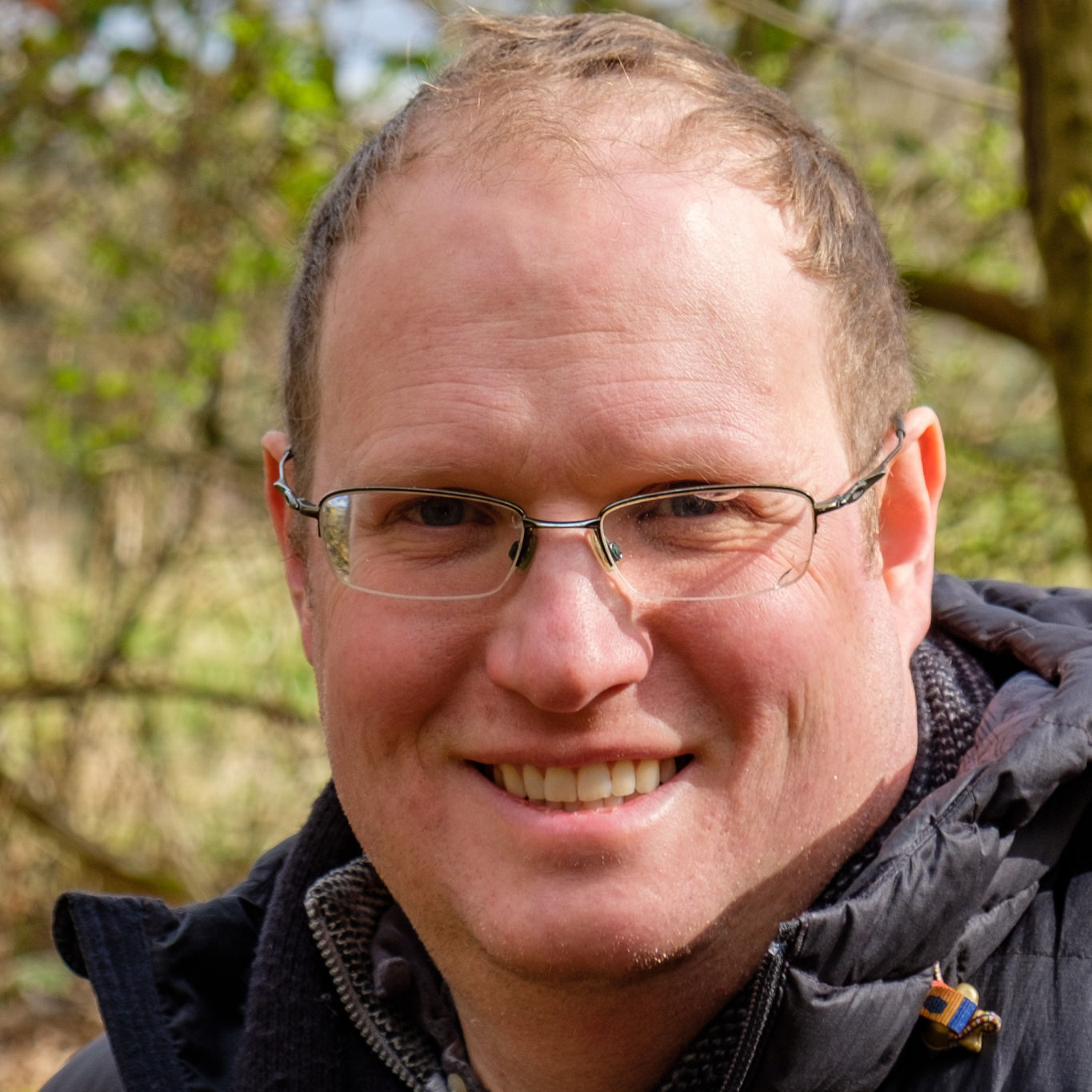A Monte Carlo approach to the inverse problem of diffuse pollution risk in agricultural catchments
Published in SCIENCE OF THE TOTAL ENVIRONMENT, 2012
“The hydrological and biogeochemical processes that operate in catchments influence the ecological quality of freshwater systems through delivery of fine sediment, nutrients and organic matter. Most models that seek to characterise the delivery of diffuse pollutants from land to water are reductionist. The multitude of processes that are parameterised in such models to ensure generic applicability make them complex and difficult to test on available data. Here, we outline an alternative - data-driven - inverse approach. We apply SCIMAP, a parsimonious risk based model that has an explicit treatment of hydrological connectivity. we take a Bayesian approach to the inverse problem of determining the risk that must be assigned to different land uses in a catchment in order to explain the spatial patterns of measured in-stream nutrient concentrations. We apply the model to identify the key sources of nitrogen (N) and phosphorus (P) diffuse pollution risk in eleven UK catchments covering a range of landscapes. The model results show that: 1) some land use generates a consistently high or low risk of diffuse nutrient pollution; but 2) the risks associated with different land uses vary both between catchments and between nutrients; and 3) that the dominant sources of P and N risk in the catchment are often a function of the spatial configuration of land uses. Taken on a case-by-case basis, this type of inverse approach may be used to help prioritise the focus of interventions to reduce diffuse pollution risk for freshwater ecosystems. (C) 2012 Elsevier B.V. All rights reserved..”
Use Google Scholar for full citation
Recommended citation: David Milledge, Stuart Lane, A. Heathwaite, Sim Reaney, "A Monte Carlo approach to the inverse problem of diffuse pollution risk in agricultural catchments." SCIENCE OF THE TOTAL ENVIRONMENT, 2012.
